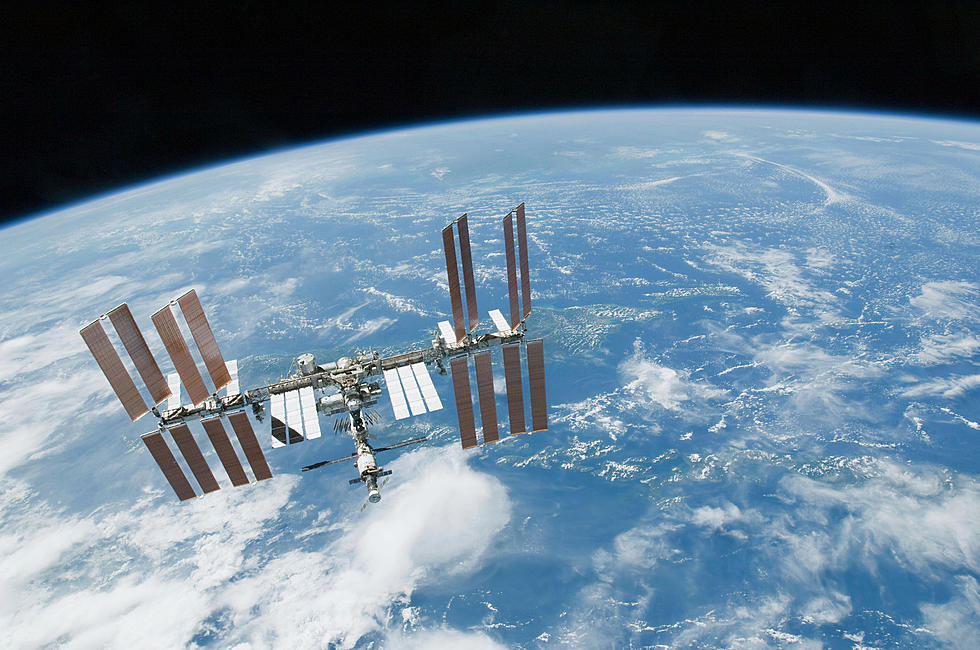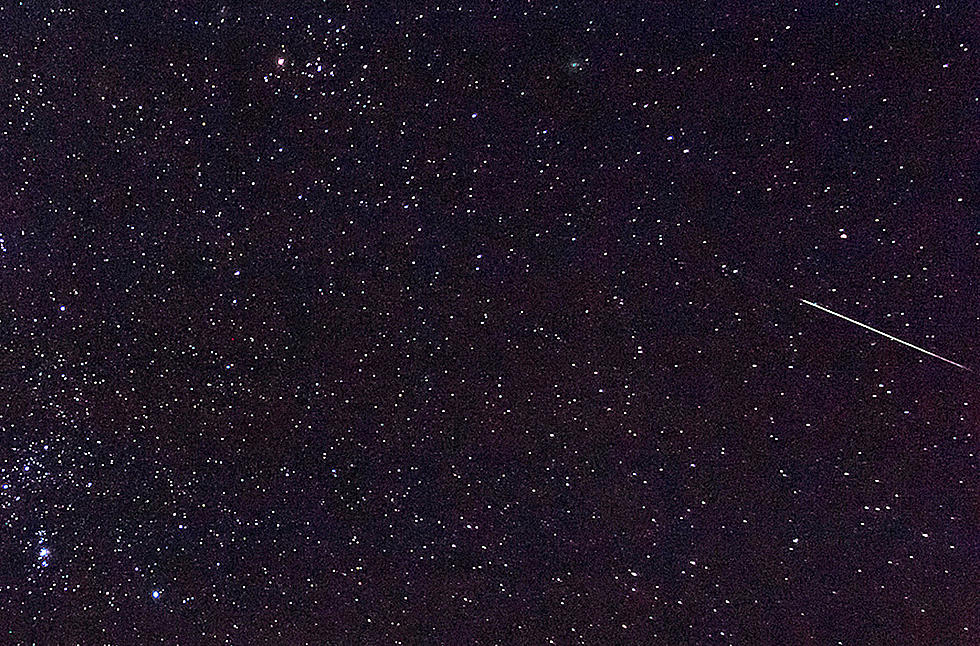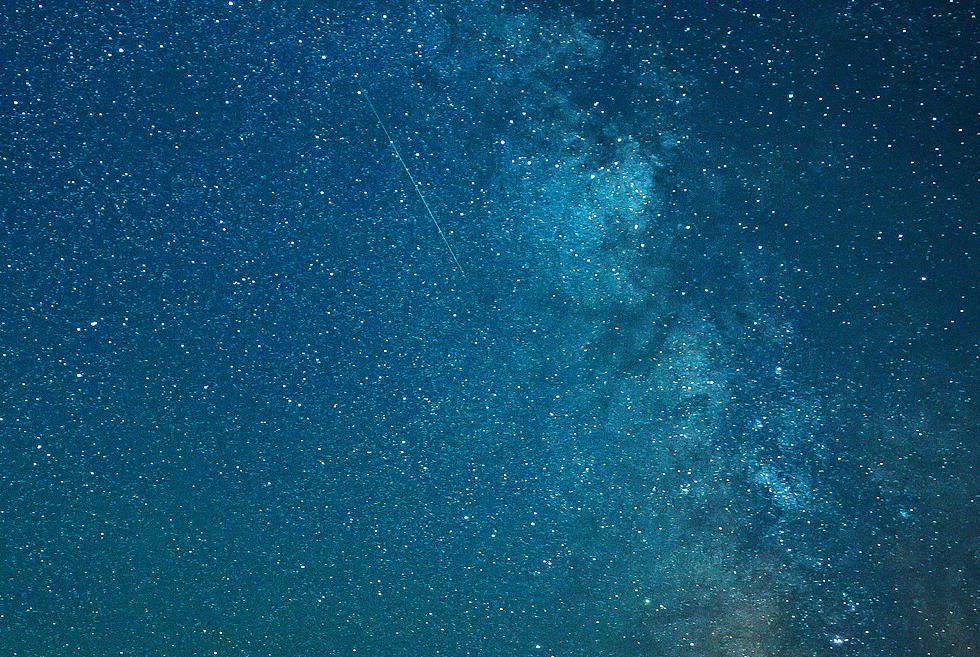
Full Moons and Meteor Showers in Montana for 2021
During the last weekend in March, the Bitterroot Valley night skies cleared for some views of the Full Moon for the month (see photo above) - called the Worm Moon by some Native Americans. The dark skies that the Montana rural areas are known for can be great ways to spend some outdoor time, watching satellites pass overhead, regonizing the constellations, seeing a few meteors and enjoying the full moon rise over the eastern horizon.
But if you don't know what's coming, you'll miss some extra special nights. Let's check the Full Moon schedule:
- April 26 - The Pink full moon (also called the Egg moon because of birds nesting this time of the year.)
- May 26 - Flower Moon - Yes, because of the fresh spring flowers all around.
- June 24 - Strawberry Moon - The best month for the short strawberry harvest.
- July 23 - Buck Moon - The young male deer have newly emerged velvet antlers.
- August 22 - Sturgeon Moon - The sturgeon fishing is at season height in Great Lakes area.
- September 20 - Harvest Moon - The full moon closest to the Fall Equinox every year.
- October 20 - Hunter's Moon (also called the Harvest Moon, too).
- November 19 - Beaver Moon - A time for beaver trapping before ponds freeze for winter furs.
- December 18 - Cold Moon (Also called Long Night's Moon due to shortest daylight hours of the year).
That's the moon schedule, but what about the other main reason people spend some time out looking at the night skies - meteor showers?
Well, this is not a great year for the meteors. This month, the Lyrid meteor show which peaks April 21-22 will have a moon about 3/4 full. And other showers fall on nights of full or nearly full moons. That includes the Orionids with their peak October 20-21, the Leonids November 16-17, and the Geminids December 13-14.
Good views with dim or no moon in the sky will be the Perseids (one of my favorites) which peaks on August 11-12 and at the end of the year, the Quadrantids peaking on January 2-3, which is known for occasional larger fireballs in the sky. These meteor showers are made up leftover comet debris and Earth plows through them for at least a week before they reach their peak, so you can see a few on the evenings leading up the peak nights. Take advantage of our non-city environment, spend part of an evening stargazing and learn a little about the constellations and the odd things that humans keep launching into orbit - like those occasional lines of little Starlink satellites. If you get a good photo, e-mail us at contact@klyq.com




